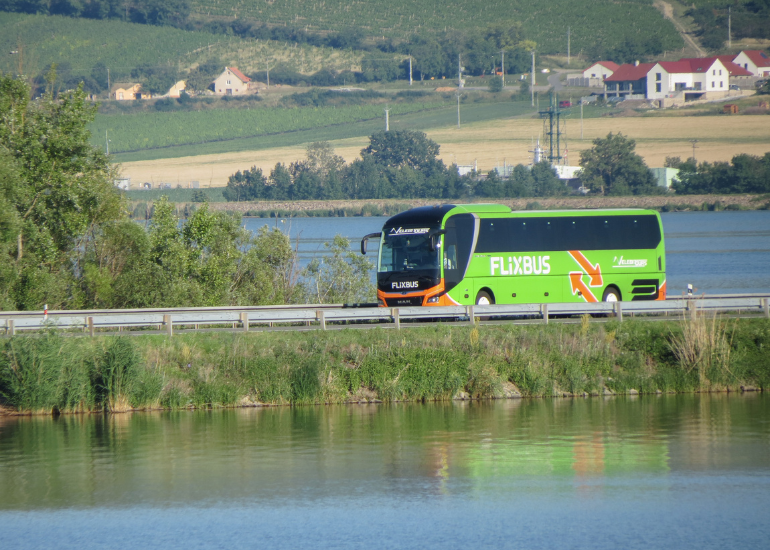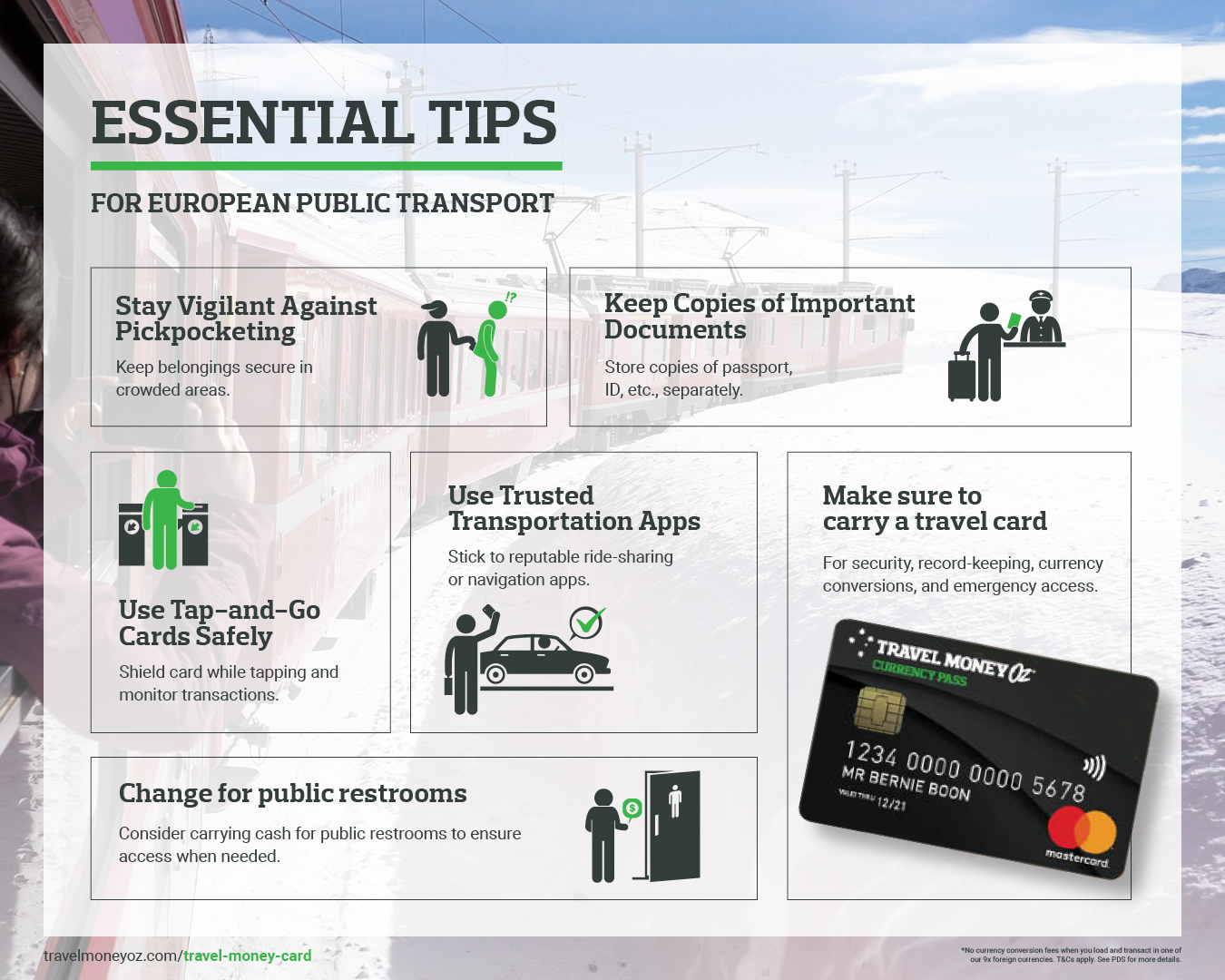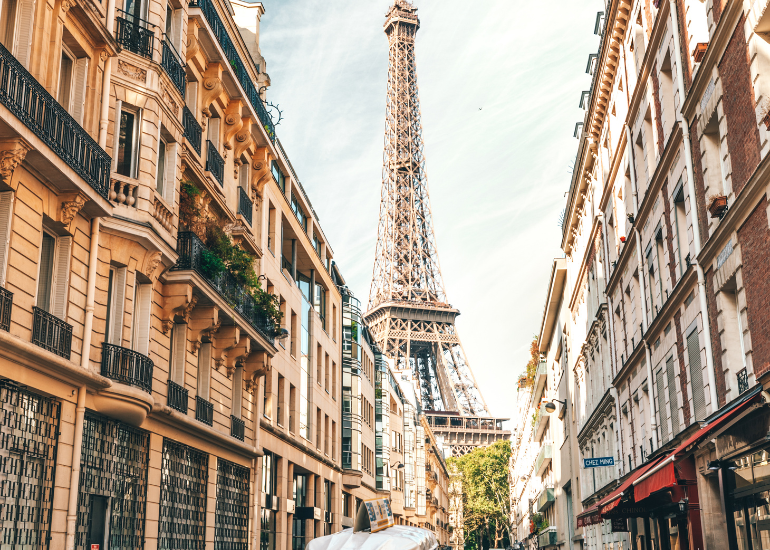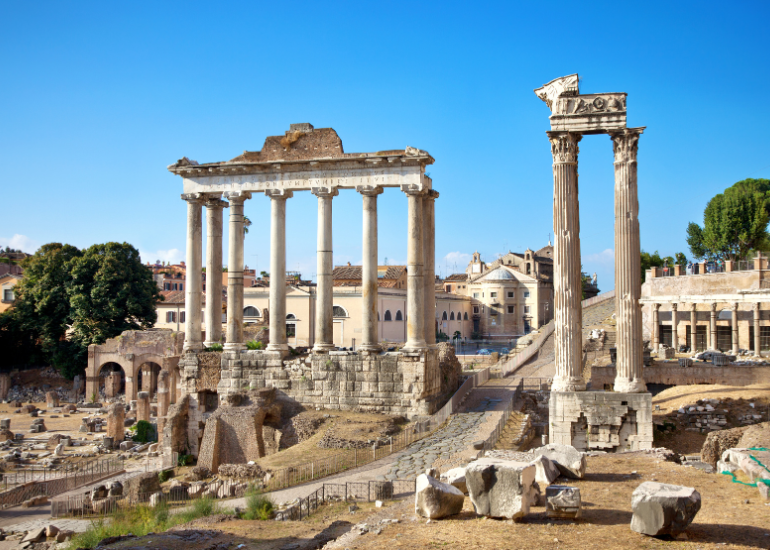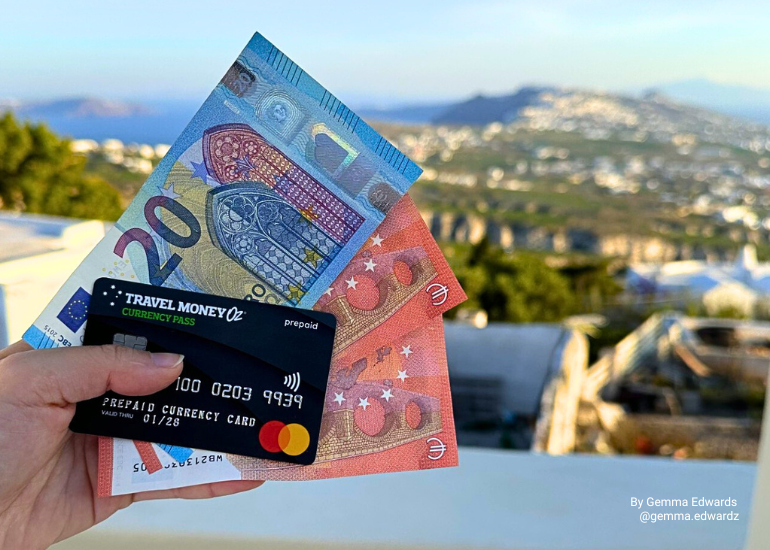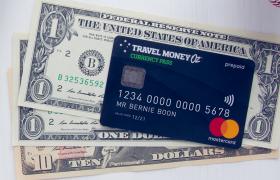London, England
London is famous for its public transport. Whether you ‘mind the gap’ on the Tube (AKA, the underground rail network) or catch an iconic red double decker bus, it’s the best way to traverse this vast city.
There are a range of ticketing options. For journeys on the Tube, you can buy a single or return ticket at the station or get a Visitor Oyster Card that can be loaded up with credit. However, the simplest choice is to just tap and go with any contactless bank card , like our Currency Pass. That way, you can pay as you go and not get stuck with leftover credit.
However, this is when you might be stung with extra fees and charges if you’re using your regular credit or debit card. Getting our Travel Money Oz Currency Pass will help you avoid this – you can load it up with local currency (in this case, the GBP), lock in that exchange rate and avoid the conversion fees you might get when tapping a regular bank card.
Want to ride a classic London bus? You can’t use cash or buy a ticket at the stop, so you will need to tap and go with your Currency Pass, bank card or Oyster card. Unlike the Tube, you don’t need to tap the reader at the end of your journey, just when you board the bus.
If you’re feeling overwhelmed with the ticketing systems, visit one of the Transport for London Visitor Centres, which are located at major Tube stations. There’s also one at the Heathrow Terminals 2 & 3 Tube station if you need help when you fly in.
Paris, France
One of the best things to do in Paris is to set out on foot, wander the charming streets, admire the Seine and fuel up on route at a local patisserie. Just like ‘Emily in Paris’ but in more comfortable shoes.
However, it’s a sprawling city, so you’ll likely need public transport at some point. Paris has the bus, tram, metro and RER on offer – that’s the rail network which connects the inner city metro to the outer suburbs .
Tickets can be bought at metro stations, some bus terminals and selected retailers, like tobacconists – look for a RATP sign. You can usually use cash or card to pay at the ticket machines, so it’s handy to have our Currency Pass ready for payments to avoid extra fees. Bus tickets can be bought on board with cash, but you’ll need to use small change – so have your Euros ready. FYI, you’ll also need small change to use public bathrooms in Paris, so it’s worth having some on you.
If you’re planning a few trips on public transport, then a travel pass is a great choice – either the Paris Visite Pass or Navigo Easy Pass. The Paris Visite Pass gives you unlimited travel within Paris for a set amount of days. You can choose between a pass that covers the inner suburbs (zones 1-3) or one that covers destinations that are further afield, like the airport, Disneyland and Versailles (zones 1-5). Use it on the metro, RER, tram and bus within selected zones. Purchase them at metro stations, RER stations or Paris tourist offices.
Otherwise, the Navigo Easy Pass comes loaded with 10 journeys and can be recharged. It can be used on the metro, RER lines in central Paris, tram and most buses. Purchase one at counters within metro stations, then simply recharge it at ticket machines if you need extra journeys.
In general, the metro is the best way to travel around Paris. It’s a big network and trains run regularly. Usually stations are marked with a big yellow ‘M’, but it is Paris after all, so there are creative signs in the mix. If you’re buying a single ticket, hold on to it for the entire journey as inspectors may check your ticket on route.
Want to explore the streets of Paris at your own pace? Try Vélib' – that’s the city’s bike sharing scheme. There are regular bikes (green) and e-bikes (blue) available for hire. You can buy single trips, 24-hour and 3 day passes online.
Rome, Italy
Rome wasn’t built in a day… and it also wasn’t built for cars. If you’re travelling around the centre of Rome, avoid getting in a taxi. Besides the fact that taxis can be tricky to find and flag down in the first place, the roads get super congested.
The metro is the best option to skip traffic and travel between the city’s incredible historical sites. Use it to get to the Colosseum, the Trevi Fountain, the Spanish Steps, the Vatican and more. There’s also a large tram and bus network, which is a scenic way to get around and explore Rome’s outer suburbs.
Like most major transport systems, you can purchase single tickets as well as daily, multi-day and weekly passes. Tickets can’t be purchased on board, so get them in advance so you don’t get delayed and miss your guided tour of the Roman Forum. You can buy tickets for the metro, buses and trams at stations, convenience stores and newsagents.
Madrid, Spain
Whether you’re off to watch some Flamenco, explore the lush El Retiro Park or catch a Real Madrid game, you’ll likely need the metro or bus. The best two travel pass options for tourists are the Tourist Travel Pass or the Multi Card.
The Tourist Travel Pass allows unlimited travel on all types of public transport in the city centre. You can choose between two zones – zone A is the best for central trips. Zone T will cover you for day trips to popular spots like El Escorial, a UNESCO World Heritage Site.
The Tourist Travel Pass is loaded onto a Multi Card, but you can also just purchase the Multi Card for €2.5 and load up it up with trips. Get Multi Cards or Tourist Travel Passes from ticket machines at the metro stations and pay in cash or via card.
It’s possible to pay for a single bus ticket on board, but you’ll usually need to pay the driver in small change so have your Euros ready.
FYI – now you’re a real public transport buff, don’t miss the ‘ghost metro station’ Chamberí. You can visit this beautifully restored 1919 station, which closed in 1966. It’ll give you a taste of what metro travel was like years ago.


